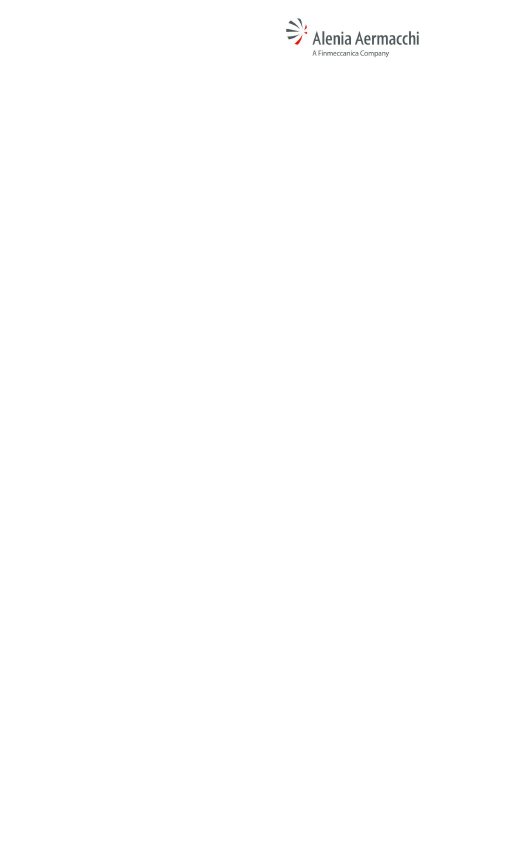
TCH.1C-27J-2-29JG
WARNING
––––––––––––––––––––––––––––––––––
DISCHARGE SYSTEM PRESSURE
BEFORE REMOVING ANY HYDRAULIC
COMPONENT.
––––––––––––––––––––––––––––––––––
WARNING
––––––––––––––––––––––––––––––––––
WHEN MAINTINING NO.1 HYDRAULIC
SYSTEM, DISCHARGE THE PARKING /
EMERGENCY BRAKE ACCUMULATOR
PRESSURE BY PULLING THE MANUAL
RELEASE HANDLE.
––––––––––––––––––––––––––––––––––
CAUTION
––––––––––––––––––––––––––––––––––
Some aircraft equipment (i.e. tyres, etc.)
can be damaged by corrosive action of
the used hydraulic fluid (LCM NO. 00043).
In order to avoid such contamination it is
necessary to protect the parts by means
of appropriate covers/coatings when
performing maintenance activities on
components containing the above
mentioned hydraulic fluid.
––––––––––––––––––––––––––––––––––
CAUTION
––––––––––––––––––––––––––––––––––
Cap the disconnected hydraulic pipes
immediately after removing the
component. After having fitted the
hydraulic component, fill and bleed the
system, pressurize it and check for leaks.
––––––––––––––––––––––––––––––––––
1-24

